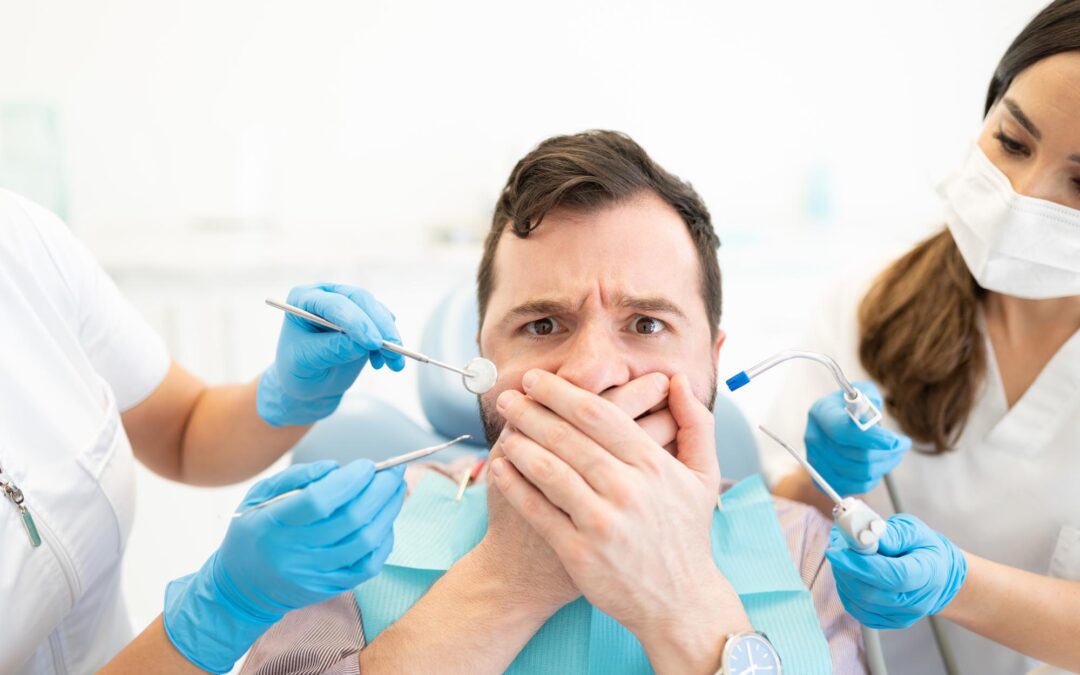In today’s digital age, screens have become an undeniable fixture in our lives. From smartphones and tablets to laptops and televisions, constant connectivity presents a unique challenge: on-screen addiction. This phenomenon has unsurprisingly found its way into popular culture, with many TV shows tackling the theme of compulsive screen use. However, analyzing on-screen addiction reveals a complex relationship between entertainment and reality. While some shows portray the negative consequences with accuracy, others sensationalize or trivialize the issue. Let’s delve into the portrayal of on-screen addiction in television, dissecting the truths and falsehoods presented.
Captivating the Audience: How TV Shows Depict On-Screen Addiction
Television thrives on drama, and on-screen addiction provides fertile ground for compelling narratives. Shows often depict characters struggling with excessive screen time, manifesting in various ways:
- Social Media Obsession: Series like “Black Mirror” and “Social Dilemma” [1, 2] explore the dark side of social media, showcasing how relentless pursuit of likes and online validation can consume individuals.
- Gaming Addiction: Analyzing on-screen addiction extends to video games. Programs like “Kim’s Convenience” [3] depict characters neglecting real-life responsibilities due to compulsive gaming.
- Binge-Watching: Shows like “You” [4] portray characters using excessive television viewing as a coping mechanism for deeper issues, blurring the lines between entertainment and escape.
These portrayals can be effective in analyzing on-screen addiction by sparking conversations about the potential pitfalls of technology overuse.
The Accuracy of On-Screen Addiction Portrayals: Separating Fact from Fiction
While some shows capture the essence of on-screen addiction with realism, others fall short. Here’s a breakdown of the accuracy of these portrayals:
- Realistic Consequences: Shows that depict the negative impacts of excessive screen time on mental health, relationships, and productivity resonate with viewers. For instance, “The Social Network” [5] portrays the toll that creating a social media platform takes on Mark Zuckerberg’s personal life.
- Sensationalized Dramas: Some shows exaggerate the consequences for dramatic effect. “Disconnect” [6] features a teenager so addicted to his phone that he becomes oblivious to a real-life robbery. While such extreme cases exist, they are not representative of the majority struggling with on-screen addiction.
- Trivialization of the Issue: On the other hand, some shows portray excessive screen use as a minor inconvenience. Characters might experience temporary setbacks but ultimately overcome their on-screen addiction with minimal effort. This unrealistic portrayal can downplay the seriousness of the issue.
Analyzing on-screen addiction requires viewers to be discerning. While fictional narratives can raise awareness, they should not be the sole source of information.
The Impact of On-Screen Addiction Portrayals: Shaping Perceptions and Behaviors
The way on-screen addiction is portrayed can significantly impact viewers:
- Raising Awareness: Shows depicting the negative consequences of excessive screen time can raise awareness and spark conversations about healthy technology use. This can be particularly impactful for young viewers who are still developing their digital habits.
- Normalizing the Issue: On the other hand, some portrayals might normalize unhealthy screen habits. Viewers may see characters engaging in excessive screen time without significant repercussions, potentially leading them to underestimate the risks of their own behavior.
- Triggering Behaviors: For those already struggling with on-screen addiction, shows that glorify or glamorize excessive technology use could have a triggering effect, making it more difficult to break free from compulsive behaviors.
It’s crucial to remember that television is entertainment, not a substitute for professional guidance. If you suspect you or someone you know might be struggling with on-screen addiction, seeking help from a qualified professional is essential.
Beyond the Screen: Resources for Healthy Technology Use
Analyzing on-screen addiction goes beyond critiquing TV portrayals. Here are some resources to help you develop healthy technology habits:
- CNVE Detox: CNVE Detox offers addiction treatment programs, including those specifically designed for technology addiction [7]. They provide guidance and support to help individuals overcome compulsive screen use.
- National Institute on Mental Health: The National Institute on Mental Health provides information and resources on internet gaming disorder, a recognized mental health condition related to excessive gaming [8].
- American Academy of Child and Adolescent Psychiatry: The American Academy of Child and Adolescent Psychiatry offers resources for parents and caregivers on promoting healthy media use in children and adolescents [9].
By utilizing these resources and practicing mindful technology use, you can cultivate a healthy relationship with screens. Here are some additional tips:
- Set screen-free time: Designate times throughout the day to completely disconnect from technology. This could be during meals, family time, or before bedtime.
- Prioritize real-world connections: Make a conscious effort to engage in face-to-face interactions, hobbies, and activities that don’t involve screens.
- Use technology mindfully: When you do use screens, do so with intention. Set specific tasks you want to accomplish and avoid mindless scrolling or binge-watching.
Analyzing on-screen addiction reminds us that television can be a double-edged sword. It raises awareness about the pitfalls of technology overuse while sometimes misrepresenting the complexities of addiction. By adopting a critical mindset and actively managing our technology habits, we can harness the benefits of screens without falling prey to their potential harms.





